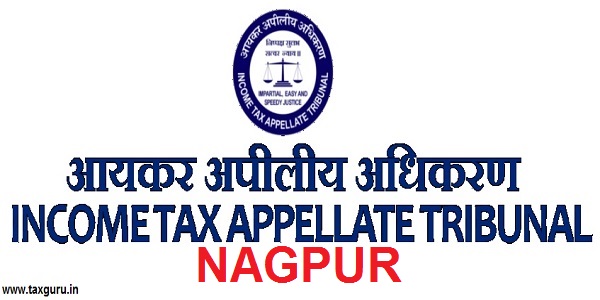Introduction:
Apart from the US Presidential Elections& POK Issues, the only thing making headlines lately is Goods & Services Tax. Since the passing of Constitution Amendment Act, 101st; there have been lot of speculations in the market w.r.t. GST Law;how it will pan out,what the modalities are and most importantly how an Aam Aadmi will get impacted. So, avoiding the hustle and bustle, let’s have a quick look on the mechanism of Input Tax Credit under GST Regime vis-à-vis present Indirect Tax Regime.
In the Present Regime, a normal dealer avails the following types of credits:
- On Inputs: VAT Credit &Cenvat Credit
- On Input Services: Cenvat Credit
- On Capital Goods: VAT Credit & Cenvat Credit
Going forward, there will be only ONE type of Credit i.e. Input Tax Credit (CGST+SGST) / (IGST)
Pre-Requisites to avail ITC:
- Person has to be registered with the GSTN
- Person has applied for registration within 30 days from the date from which he/she becomes liable to pay tax.
- Person has in possession the Tax Invoice & the document evidencing payment of tax to the supplier (forward charge) or to the Govt. (reverse charge)
- Person has (actually/deemed) received any goods/services. However; if received in lots, credit shall be taken upon receipt of last lot.
- GSTR-3& GSTR-6 have been filed
- Time Limit to be kept in mind, i.e. Earliest of following:
- Date of Filing of Annual Return
- Date of Filing of Return for September(of following year)
Change in Constitution:
It’s very common for businesses to enter into M&A deals, dispose of a particular vertical, spin-off a segment; so what will happen to the ITC accumulated in these divisions? If the covenants of the agreement provide for transfer of liabilities, then the balance lying can be transferred to the resulting entity.
Positives:
So the long awaited GST is here, it will pave the way for cross-utilization of credits. Due to unavailability of VAT Credit against CenVAT Credit, such Non-Creditable taxes used to become part of Cost which eventually shoots up the MRP. We can expect certain benefit in this area. The ITC taken shall be carried to the Electronic Credit Ledger of the client on the GSTN portal. The E-Credit Ledger will now be a common pool of all types of Indirect taxes, unlike in Present regime where we have E-Credit Ledger only for Cenvat Credits.
Negatives:
Presently, credit on goods/services used in the Works contract services resulting into construction of immovable property is allowed only in B2B cases. Way forward, the same would not be allowed. This will be a big hit to developers who use the service of contractors to construct units for sale to their customers; and will eventually lead to surge in property rates.Also, to keep the chain flowing many exempted transactions will now become taxable e.g. Services provided to Consulates will be taxed as normal, consulates will in-turn take refund of the GST paid basis the UIN obtained from GSTN.
Composition Dealer:
A Dealer who has opted for paying tax under Composition Scheme shall not be eligible for availing the Input Tax Credit under GST, and the existing Credit in the ledger shall get reversed.However, once the dealer opts out of the scheme; ITC in respect of the Inputs lying in stock and inputs contained in semi-finished or finished goods held in stock on the day immediately preceding the date of registration, shall be allowed.
Migration:
The most talked about topic in the market is, Will I be able to carry forward my present unutilized Cenvat Credit & VAT Credit in the new regime? The Answer is very much YES! The admissible Cenvat Credit & VAT Credit in the present law will be allowed to be taken to E-Credit Ledger, provided it was existing in the books & registers on 31st March, 2017 (should GST rolls out on 1st April, 2017).
Conclusion:
Despite some setbacks, GST being a comprehensive VAT system will ensure uninterrupted flow of credit. Barring certain inherent inconsistencies, Tax Cost will not be an Expense item in the Statement of Profit & Loss. Thus, double taxation will be avoided and only the value added at each stage will be taxed.
Associate, GST
Chartered Accountant
Lakshmikumaran & Sridharan, Gurgaon





















